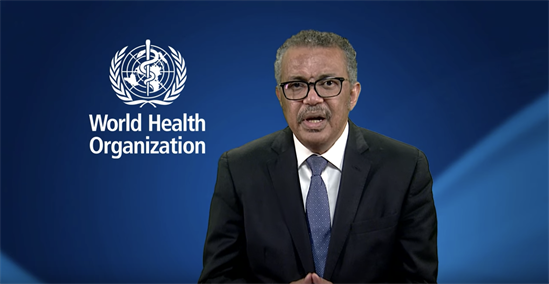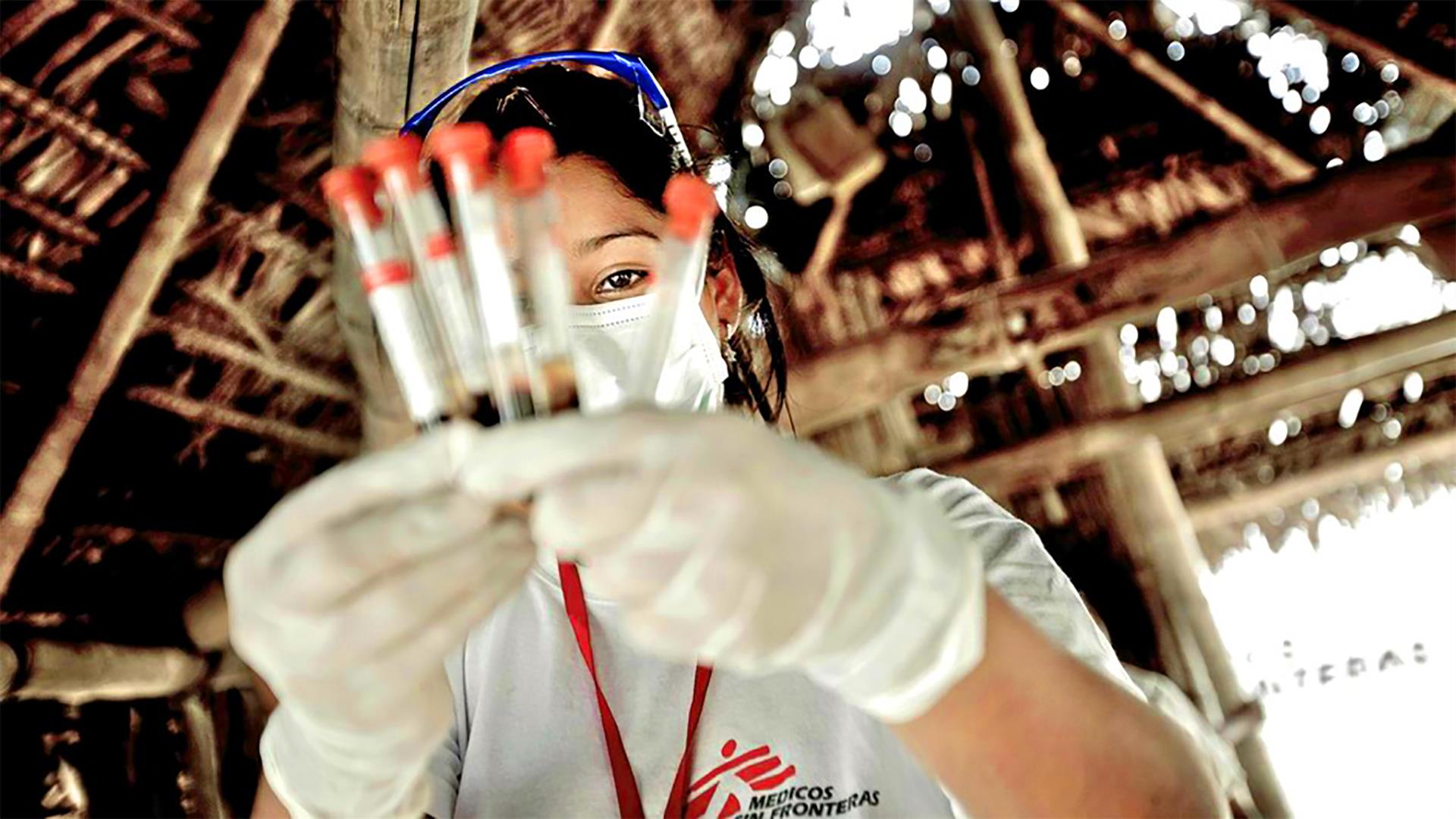
World Chagas Disease Day
14 April 2020
Let’s make Chagas Disease visible now
For the first time, the global community is celebrating World Chagas Disease Day.
Chagas disease, also called American trypanosomiasis, has been termed as a “silent and silenced disease”, not only because of its slowly progressing and frequently asymptomatic clinical course but also because it affects mainly poor people who have no political voice or access to health care.
Once endemic in Latin American countries, Chagas disease is now present in many others, making it a global health problem.
It was on this date in 1909 that the first patient, a Brazilian girl named Berenice Soares de Moura, was diagnosed for this disease by Dr Carlos Ribeiro Justiniano Chagas.
Raising awareness and the profile of this neglected tropical disease, which is often diagnosed in its late stages, is essential to improve the rates of early treatment and cure, together with the interruption of its transmission.
Evidence-based, cost-effective interventions exist, including screening (blood, organs and of new-borns and children), early case detection, prompt treatment of cases, vector control, hygiene and food safety.
Chagas disease is prevalent mainly among poor populations of continental Latin America and affects 6–7 million people.
During the past decades, it has been increasingly detected in the United States of America and Canada and in many European and some Western Pacific countries.
Without treatment, Chagas disease can lead to severe cardiac and digestive alterations and become fatal.

Campaign materials
Chagas disease stories



